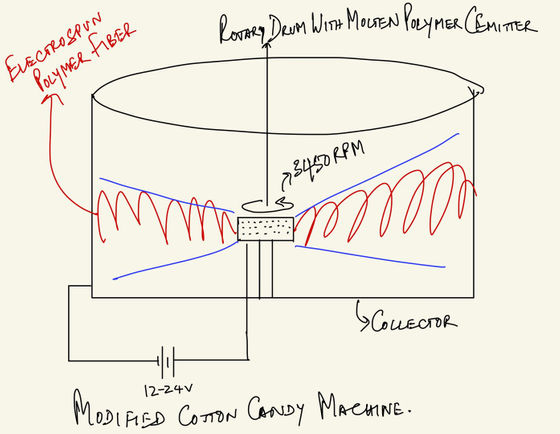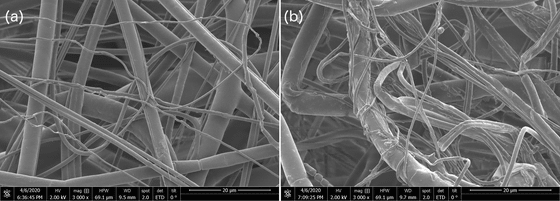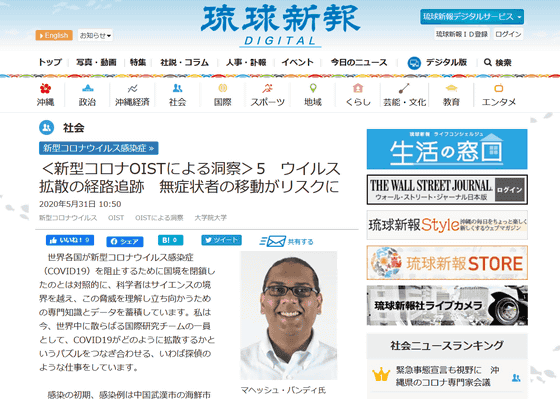Physicist devises how to make N95 mask level filter with cotton candy making machine

The total infected persons number 62.15 million people, the total death toll number 1.45 million
Electrocharged facepiece respirator fabrics using common materials | Proceedings of the Royal Society A: Mathematical, Physical and Engineering Sciences
https://royalsocietypublishing.org/doi/10.1098/rspa.2020.0469
N95-electrocharged filtration principle based face mask design using common materials | OIST Groups
https://groups.oist.jp/ja/nnp/diy-face-mask
Manufacture masks with cotton candy making machine | Okinawa Institute of Science and Technology Graduate University OIST
https://www.oist.jp/ja/covid-19/community-projects/face-mask
There are various types of masks, from handmade to medical ones, but there is a big difference in the quality of filters that adsorb viruses , and low-quality masks do not have a charged layer that can adsorb virus particles, so infectious diseases. It is not effective as a countermeasure. The charged layer, which is comparable to the filter of 'N95 mask', is difficult to manufacture, so it has the problem of being expensive and unstable in supply.
Making masks is harder than you might think, why? --GIGAZINE

Associate Professor Bandy newly devised a method to create a high-performance charged layer comparable to the N95 mask from a 'cotton candy making machine'. Associate Professor Bandy said that by putting 'PET bottle powder' into a cotton candy making machine that can apply a direct current of 12 to 14 volts by connecting a car battery, the fibers are heated by the cotton candy making machine. We have created a polypropylene charged nanofiber fabric that is the raw material for PET bottles that have become shaped.

According to the scanning electron microscope, the charged nanofiber fabric (left side of the image) and the charged layer of the N95 mask (right side of the image) created this time are as follows, and there is no distinguishable structural difference.

A 5-layer mask is created by alternately stacking 3 charged nanofiber fabrics created by this method and 2 non-voltage-applied nanofiber fabrics. It has been confirmed that this 5-layer mask had the same level of virus removal performance as the N95 mask.
Associate Professor Bandy is a person who is studying non-equilibrium and non-equilibrium physics units that apply soft matter physics and applied mathematics to biological problems at OIST. In May 2020, as a member of the international research team on COVID-19, he contributed an article to Ryukyu Shimpo explaining the risk of COVID-19 spread among asymptomatic pathogen carriers.
[Insight by the new Corona OIST] 5 Tracking the route of virus spread Risk of asymptomatic movement --Ryukyu Shimpo Digital | Okinawa's breaking news and information site
https://ryukyushimpo.jp/news/entry-1131056.html

Related Posts:
in Science, Posted by darkhorse_log







